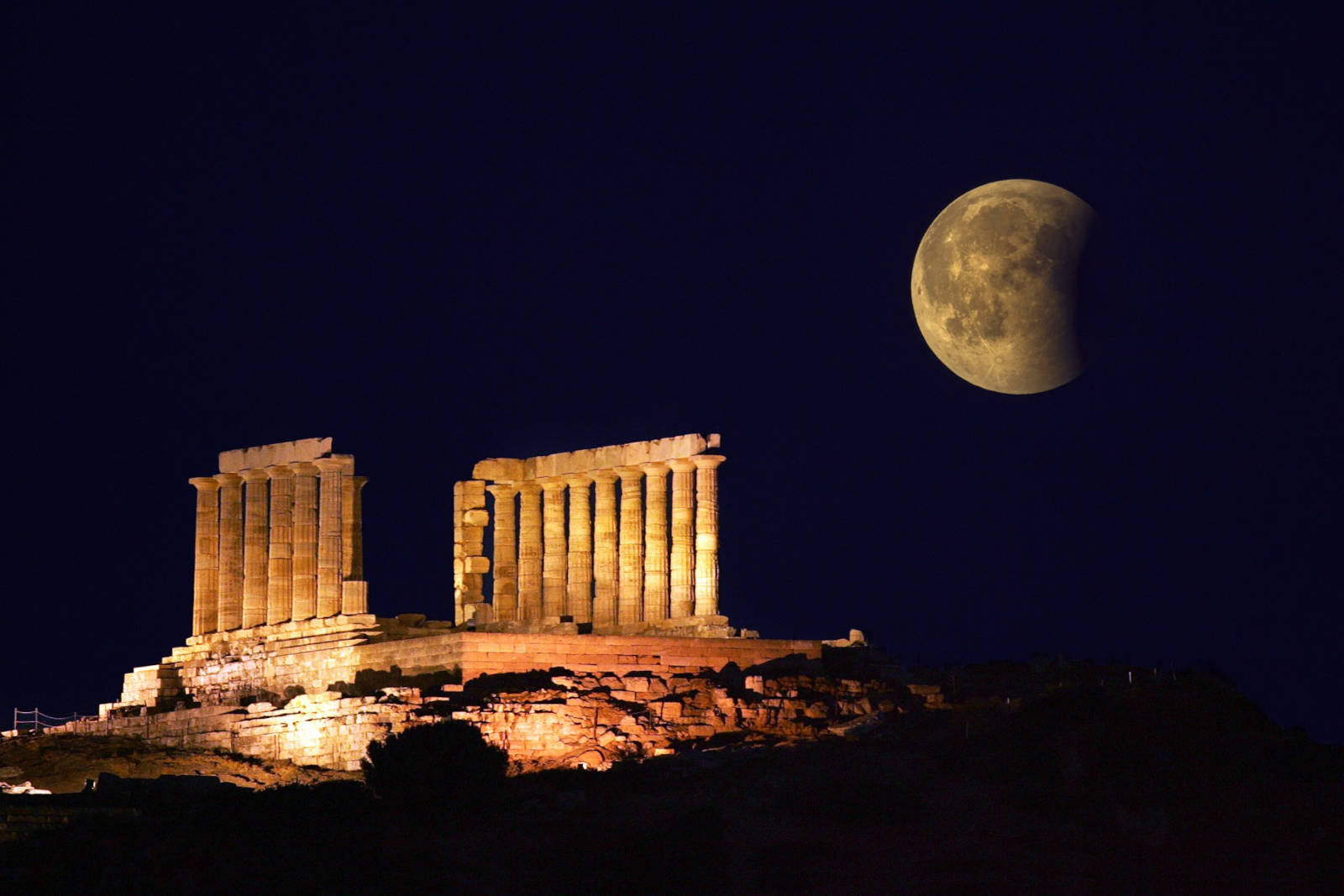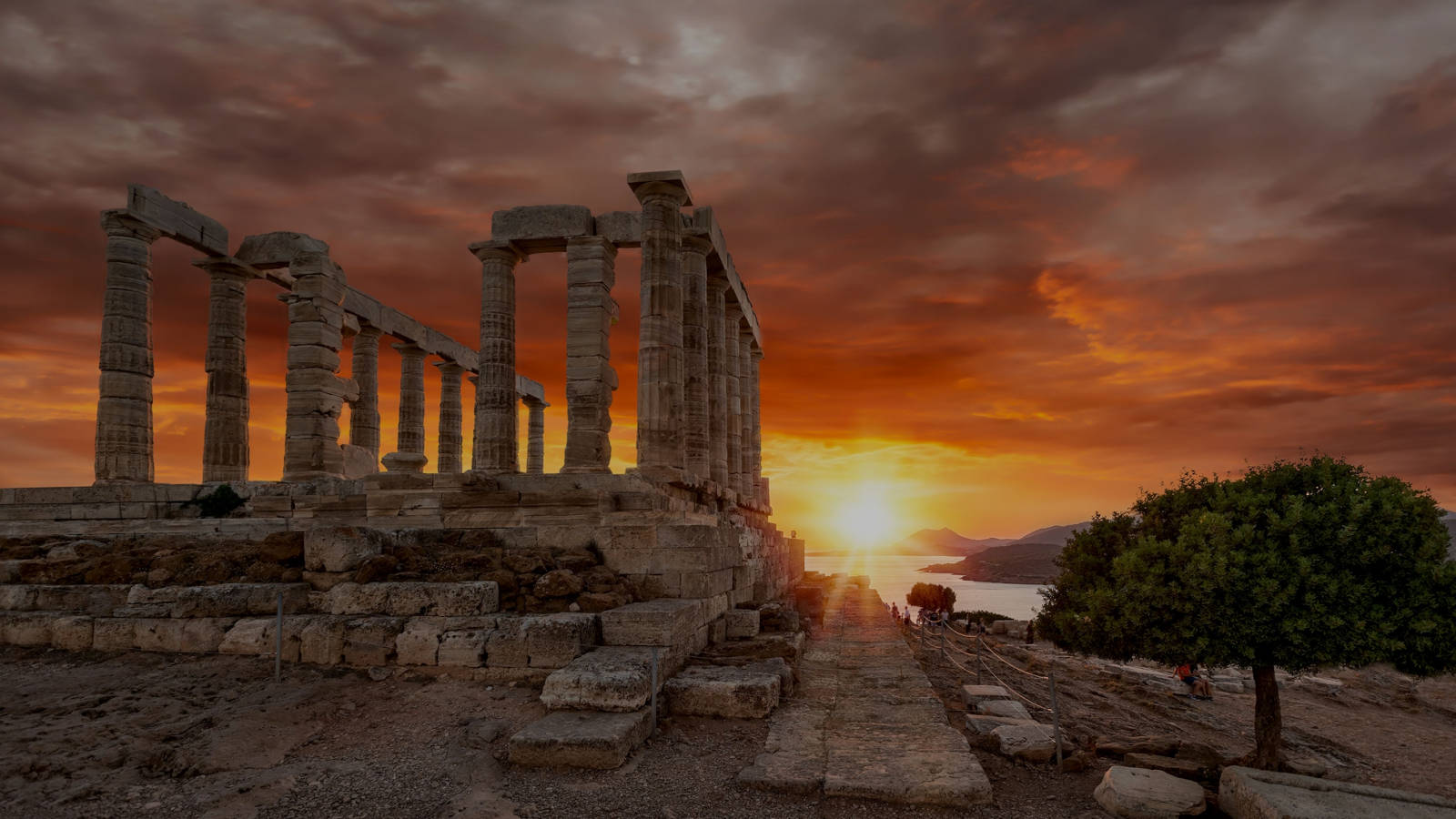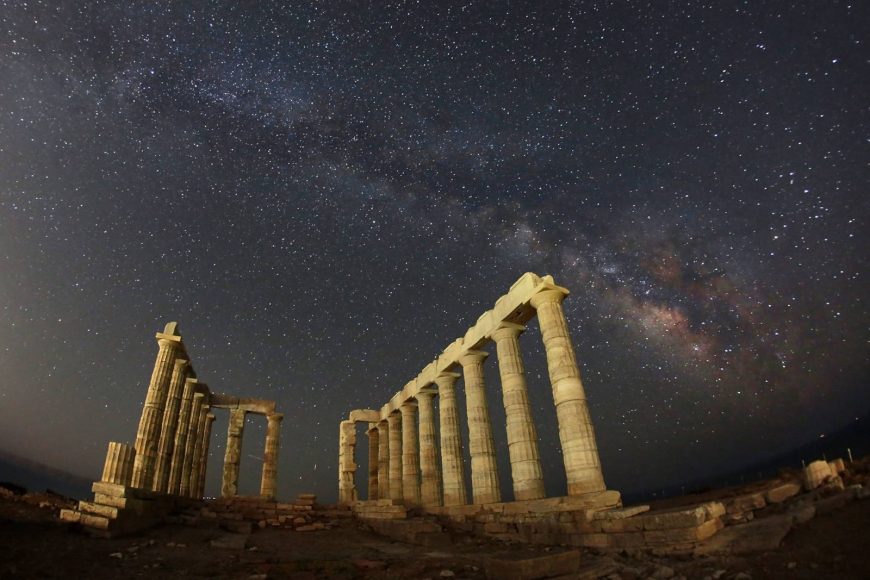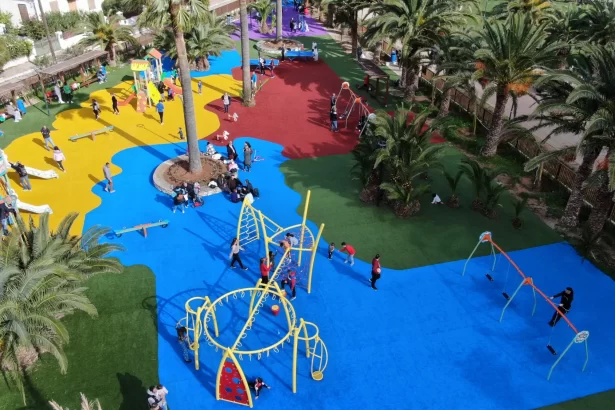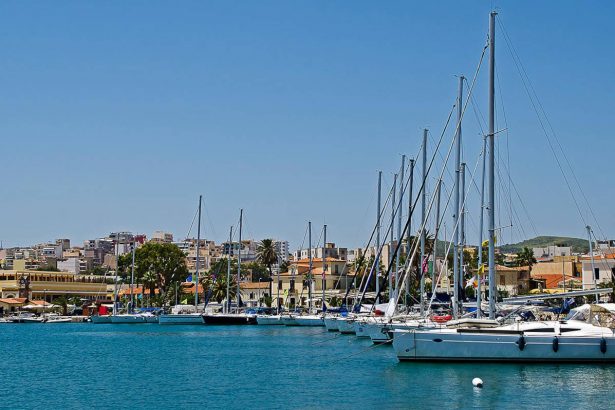Menelaus on the return journey from Troy, stopped to bury the ship’s captain Frontis. In the archaic period the sanctuary was developed, something that is proved by the colossal kouros that were erected there. Three of them are found today in the National Archaeological Museum.
In the area where today are the ruins of the temple of Poseidon, in Archaic times there was an altar dedicated to the god, surrounded by two large kouros, but not a temple. The first temple began to be built in the early 5th century BC. but was destroyed before it was completed, by the Persians in 480 BC. His plan was analogous to the temple that succeeded him. Doric, double in representation, 6 X 13 columns.
The cape of Sounio, the southern end of Attica, is an important strategic point. From there, the city-state of Athens controlled the sea passage to the Aegean and Piraeus, its main port, as well as the Lavreotiki peninsula, with its rich silver mines, thanks to which it became a superpower in the 5th c. e.g.
the rock that dominated the end of Attica, 73 meters above sea level, was dedicated to the worship of Poseidon, since the Acropolis worshiped the goddess Athena, who won with her gift, the olive, the competition for the name city’s.
